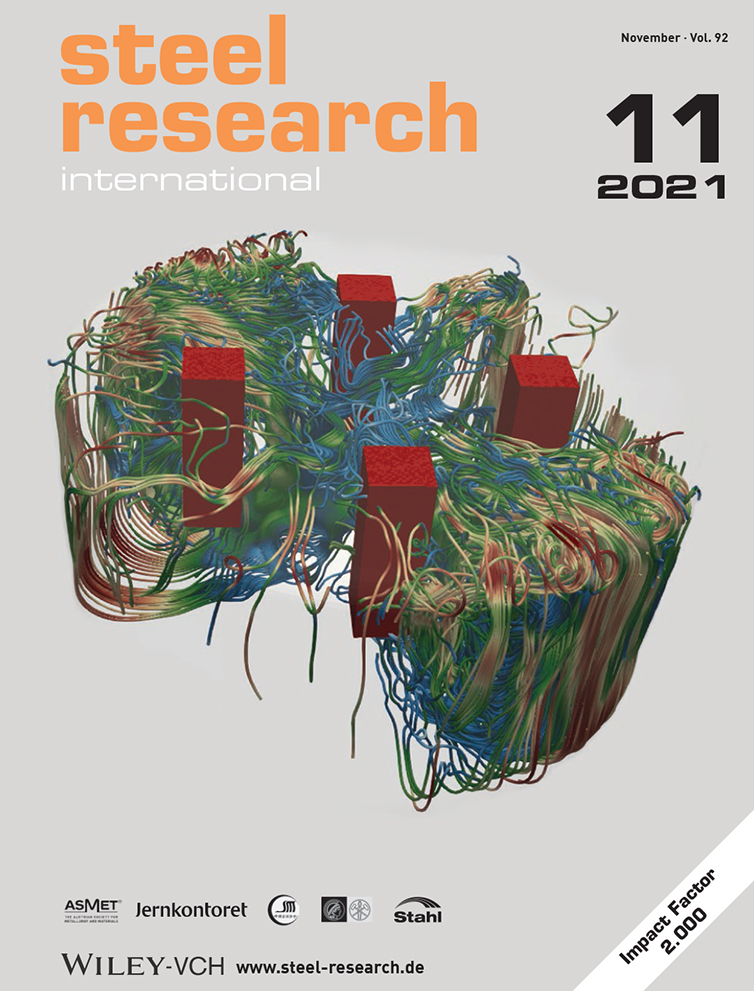Use of Bentonite and Organic Binders in the Briquetting of Particulate Residues from the Midrex Process for Improving the Thermal Stability and Reducibility of the Briquettes
Abstract
With the aim of achieving sufficient reducibility and thermal stability of briquettes for reuse as feedstock in the Midrex direct reduction process, a defined mixture of residues from the Midrex process is briquetted with an organic binder and bentonite. In the first step, briquetting tests are conducted to investigate the influence of water and binder content on the mechanical properties of the briquettes. Suitable briquettes are then used for reduction tests, where mechanical properties under Midrex-relevant conditions are considered. The tests show that briquettes with an organic binder (with and without bentonite) are not stable under Midrex-relevant conditions, whereas briquettes with a mixture composition with 5 wt% bentonite and 5 wt% water are. This can be justified on the basis of microscopic images. Bentonite favors the sintering mechanisms occurring between the particles. The organic binders decompose thermally and carbon remains, which prevents sintering. The reduction tests show that oxygen release from the briquettes occurs more slowly than for iron oxide pellets. However, the residual mixture already contains reduced material (Femet of briquettes with bentonite 28.1 wt%), so less oxygen has to be removed. Furthermore, a small briquette format (volume 10 cm3) shows better reduction behavior compared to bigger briquettes.
Conflict of Interest
The authors declare no conflict of interest.
Open Research
Research data are not shared.




